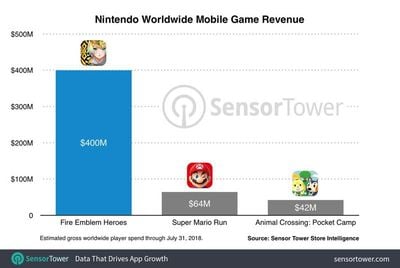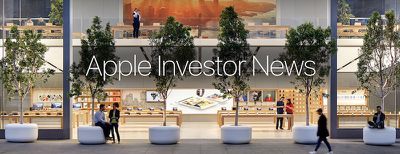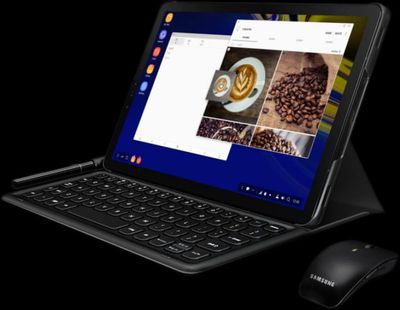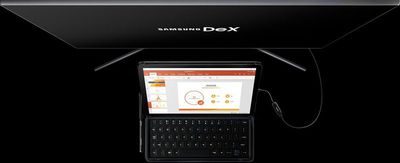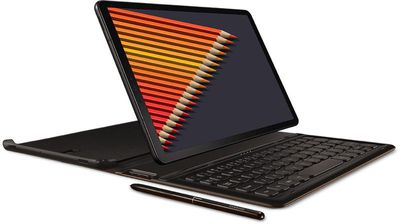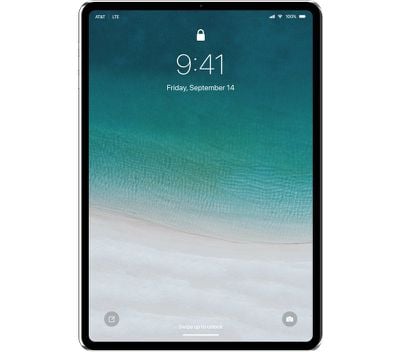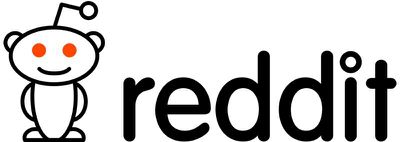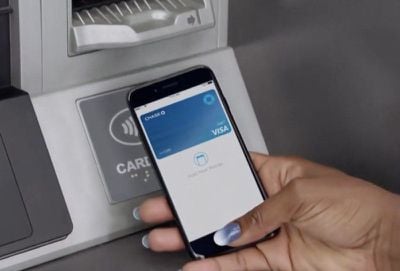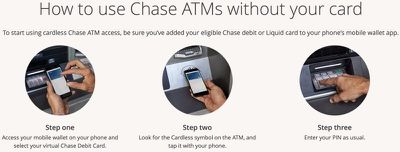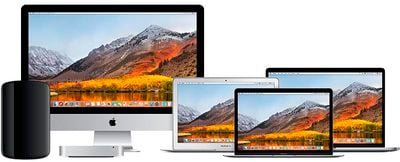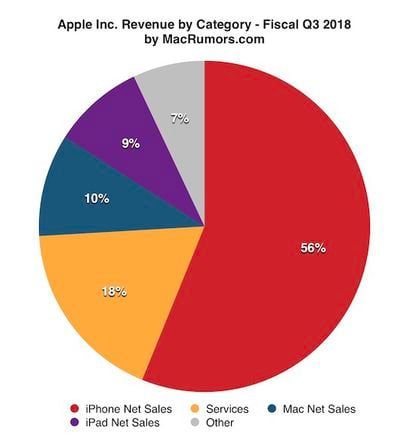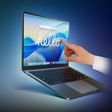In July it was discovered that Apple is planning to discontinue its physical Photo Books printing service on September 30, 2018. With Apple's first-party option disappearing, users will be left to create and buy physical books from third-party companies, and now one such company -- Mimeo Photos -- has announced the release of "identical" formats, templates, and book sizes that Apple Photo Books currently offers its users.
 This means that those users who opted for Apple's printing service in the past will now be able to transition to Mimeo Photos and its macOS extension to find all of the features that they're used to. Specifically, in Mimeo Photos the company says customers will now find design themes, product sets, templates, book sizes, materials, and print quality that is all "the same" as Apple's Photo Books service.
This means that those users who opted for Apple's printing service in the past will now be able to transition to Mimeo Photos and its macOS extension to find all of the features that they're used to. Specifically, in Mimeo Photos the company says customers will now find design themes, product sets, templates, book sizes, materials, and print quality that is all "the same" as Apple's Photo Books service.
"This is a real opportunity for us to expand our successes as a prominent Apple Photos extension since the beginning," said John Delbridge, CEO, Mimeo. "We are really excited to see an increase in demand from countries like Australia and Japan in addition to our strong US customer base."
The company points out that in addition to the same Apple themes, book formats, and other materials now found within the extension, Mimeo Photos also offers a few other features for designing and creating physical photo books, cards, and calendars. Users can crop and move photos easily with in-depth transformation tools; write personalized texts in numerous fonts, colors, and sizes; add colors into pages with various background options; and choose from a "large variety" of layouts.
Pricing for the two services also appears largely similar, with Mimeo Photo's softcover landscape books starting at $9.99 in a medium size and increasing to $49.99 for extra large hardcovers. There are also calendars available for $19.99 and cards starting at $0.99, just like Apple Photo Books.
Those interested can download Mimeo Photos for free on the Mac App Store [Direct Link].


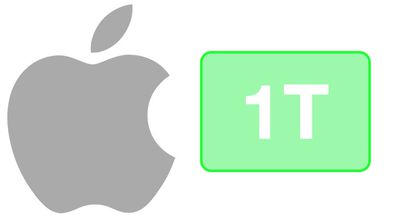
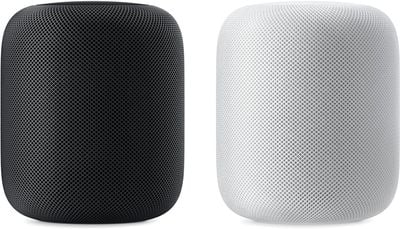
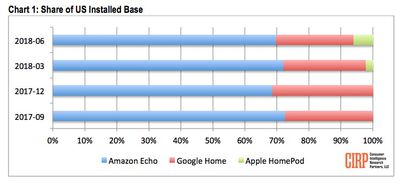


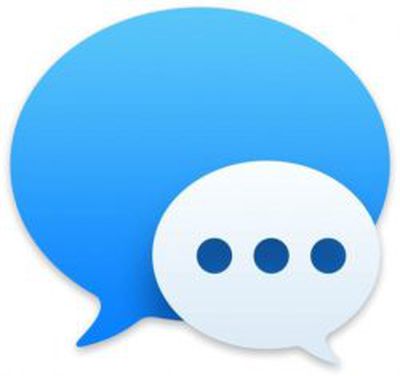 Apple is working with major mobile carriers in China on exploring ways to reduce iMessage spam, according to state media (via
Apple is working with major mobile carriers in China on exploring ways to reduce iMessage spam, according to state media (via 

 In its quarterly filing with the Securities and Exchange Commission (SEC), Apple this afternoon warned investors about the impact U.S. tariffs on Chinese goods could have on the company.
In its quarterly filing with the Securities and Exchange Commission (SEC), Apple this afternoon warned investors about the impact U.S. tariffs on Chinese goods could have on the company.

